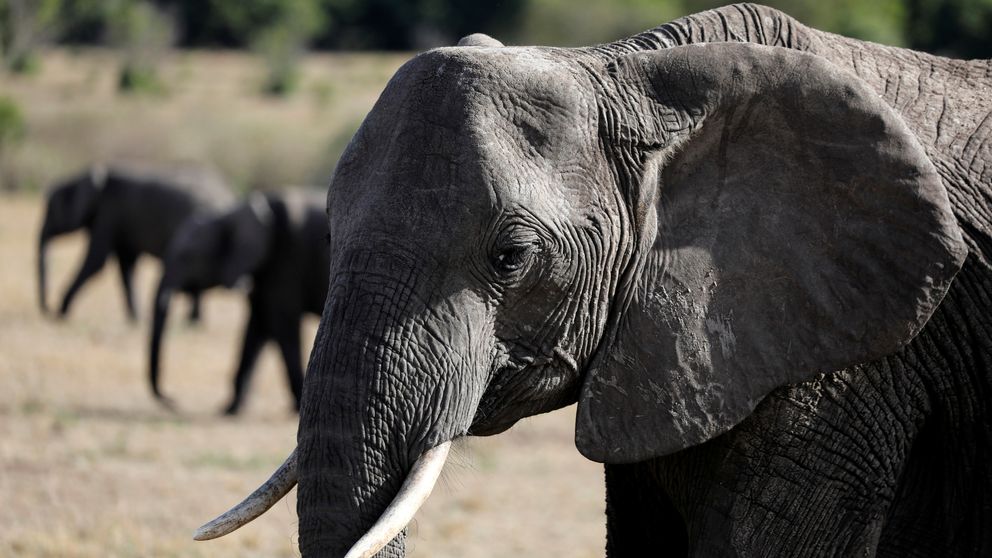Study shows cats are fighting off the virus with naturally developed antibodies; however, they could be at risk of reinfection
A newly published study looking at cats in Wuhan, where the first known outbreak of COVID-19 began, shows more cats might be contracting the disease than first believed.
Researchers from Huazhong Agricultural University, in the Chinese city, took blood samples from 102 cats between January and March 2020, following the first outbreak. Nasal and anal swabs were also collected.
Reporting their findings in peer-reviewed journal Emerging Microbes & Infections, they show COVID-19 antibodies present in 15 of the blood samples taken from the cats. Of these, 11 cats had neutralizing antibodies -- proteins that bind so successfully to a virus they block the infection.
None of the cats actually tested positive for COVID-19 or displayed obvious symptoms and, according to the results of return visits, none of these felines have died.
The sample of cats looked at included 46 abandoned from 3 animal shelters, 41 from 5 pet hospitals, and 15 cats were from COVID-19 patient families.
The three cats with the highest levels of antibodies were all owned by patients who had been diagnosed with COVID-19, whilst there were also signs of cats being infected with the virus by other cats from those that were abandoned (4) or based in the pet hospitals (4).
Commenting on the findings, lead author Meilin Jin states that whilst there is currently no evidence for cat-to-human transmission, precautions should be considered.
"Although the infection in stray cats could not be fully understood, it is reasonable to speculate that these infections are probably due to the contact with SARS-CoV-2 polluted environment, or COVID-19 patients who fed the cats.
"Therefore measures should be considered to maintain a suitable distance between COVID-19 patients and companion animals such as cats and dogs, and hygiene and quarantine measures should also be established for those high-risk animals."
The team assessed the type of antibody reactions in thorough detail and were able to describe the dynamic characteristics of the antibodies found.
Amongst many discoveries within the antibodies, they saw that the type of reaction produced by the cats resembles those observed in seasonal coronavirus infections, implying that the cats who have had SARS-CoV-2 infection "remain at risk of re-infection."
The authors state that this is a similar transient antibody response to also be observed in humans, and that their study should be used going forwards as a "reference for the clinical treatment and prevention of COVID-19."
"We suggest that cats have a great potential as an animal model for assessing the characteristic of antibody against SARS-CoV-2 in humans," they add.
From here, the team state that more research is needed to establish the route of Covid-19 from humans to cats.
"Retrospective investigation confirmed that all of antibody positive samples were taken after the outbreak, suggesting that the infection of cats could be due to the virus transmission from humans to cats. Certainly, it is still needed to be verified via investigating the SARS-CoV-2 infections before this outbreak in a wide range of sampling," Jin states.
make a difference: sponsored opportunity
Story Source:
Materials provided by Taylor & Francis Group. Note: Content may be edited for style and length.
Journal Reference:
Qiang Zhang, Huajun Zhang, Jindong Gao, Kun Huang, Yong Yang, Xianfeng Hui, Xinglin He, Chengfei Li, Wenxiao Gong, Yufei Zhang, Ya Zhao, Cheng Peng, Xiaoxiao Gao, Huanchun Chen, Zhong Zou, Zheng-Li Shi, Meilin Jin. A serological survey of SARS-CoV-2 in cat in Wuhan. Emerging Microbes & Infections, 2020; 1 DOI: 10.1080/22221751.2020.1817796







